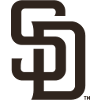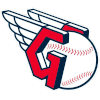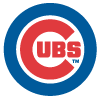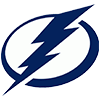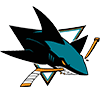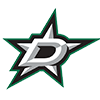Daily fantasy baseball is more popular than ever. No longer reserved for those out of contention in their season-long leagues, daily baseball forces us to dive deeper into the numbers with a magnifying glass. After all, in DFS we are only concerned with a specific day's slate, and our razor-sharp focus is of the utmost importance.
Most intermediate level players with roto or auction experience know what to look for. Given similar price points on a random Tuesday, we are more likely to roster Paul Goldschmidt in his friendly home park against a subpar lefty than we are Anthony Rizzo in a pitcher's park against a left-handed ace. Despite comparable skill levels, common sense leads us to Goldschmidt over Rizzo on first glance because of the opposing pitchers. Digging deeper, we see that Goldschmidt hits 15 points higher at home over the last three years (.314 to .299) and has a slugging percentage 80 points higher against southpaws (.596 to .516) over the same span. Conversely, all of Rizzo's number against lefties are drastically inferior over the course of his career.
This is a high-level example of a decision that may otherwise be obvious to even the novice player. But every lineup slot requires multi-level analysis and the lineup still needs to come together under a salary cap. Park factors, handedness splits (lefty vs. righty) and opposing pitcher are the primary factors we consider for hitters. Digging into a hitter's splits is absolutely essential to our roster decision-making, and though it may sound obvious, we typically want to roster good hitters. What constitutes a good hitter? Well, since a hitter's output can be so volatile from day to day and because batting average in and of itself can be misleading, it's vital to hone in on a hitter's underlying metrics.
wOBA as a leading indicator
Short for 'weighted on-base average', wOBA perfectly encapsulates a hitter's offensive value and credits them for the value of each type of hit (single, double, etc.) instead of treating all of their hits equally. Created by "The Book" author Tom Tango, wOBA is frequently used as a catch-all for providing a rate that somewhat encompasses batting average, slugging percentage, on-base percentage, and OPS all in one fell swoop. The basic premise is that not all hits are created equal, whereas batting average assumes they are. wOBA is especially effective when reviewing a hitter's performance against pitchers of specific handedness.
Though the 2016 wOBA leaderboard is littered with many of the game's best (David Ortiz, Mike Trout and Joey Votto top the list), we notice a handful of 2016 leaders against lefties that are not your typical household names.

Tomas clearly had a breakout in 2016, hitting 31 homers in just his second big league season. His batting average was more than 100 points higher against southpaws - .364 to .242. Though 20 of those 31 long balls came against righties, DFS players who paid attention felt safer rostering Tomas when a lefty was on the mound – especially when the Diamondbacks were at home. Prado, Guyer and Grossman were frequently 'in play' when in the lineup against left-handed pitchers. Each of them have substantial handedness splits over their careers, and they were virtually unusable when a right-handed pitcher was on the mound. In fact, the 33-year-old Prado hit 150 points higher against lefties (.424) than righties (.274) – and usually as the team's number-two hitter against southpaws. Most of the leaderboard against right-handed pitchers are among baseball's most talented. Note that most on the list are their respective team's number three or four hitters, have solid contact rates, and with the exception of Daniel Murphy and Charlie Blackmon, had upper-echelon walk rates. In general, identifying and utilizing wOBA splits is a strategy sage DFS players employ when constructing their lineups.
Lineup Slot
This one may sound fairly obvious, but if we're comparing two hitters with similar matchups, handedness splits and price points, we always want to roster the guy leading off or hitting second over the guy hitting in the bottom-third of the lineup. The reason is simple: more at-bats. A player hitting at or near the top of the lineup will typically always have an opportunity for a fifth at-bat (or more) in the eighth or ninth innings, putting them in a position to get you points for a walk, hit or stolen base. A power-deficient leadoff hitter is oftentimes an underrated DFS play. Many DFS players overlook them as they chase the sexy multi-point event (the home run), but they can still rack up the points if they're proficient at getting on base. Moreover, that possibility of the extra at-bat is gold.
Reviewing last season's points per game leaders based on FanDuel scoring should come as no surprise as the below list is essentially a who's who of MLB star power. Outside of the obvious, the one common denominator is that everyone here hit between leadoff and the cleanup slot (1-4) on their respective teams.
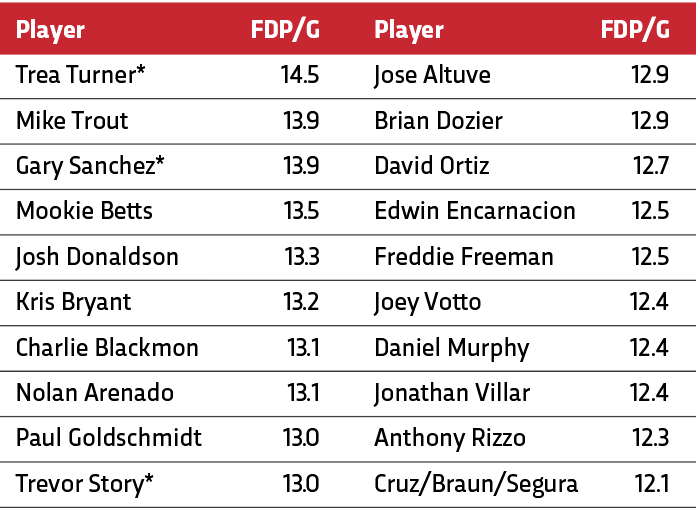
Brian Dozier spent a small amount of time hitting fifth or sixth when he was struggling earlier in the season, but went on to crush 28 long balls after the All-Star break, finishing the season tied for third in MLB in home runs. Trea Turner and Gary Sanchez's DFS salaries rose considerably as they continued to produce. Turner, Sanchez and Trevor Story all played less than 100 games in 2016, but their per-game output was among the best and should be noted as we head towards Opening Day. Story's season was cut short by injury and he displayed prodigious power in homer-friendly Coors Field, but the evident hole in his swing and exorbitant 31.3 percent strikeout rate portends to more of a GPP/tournament style option most days as opposed to a safer, cash game play.
One future star worth mentioning while his DFS salary is affordable in the early months of the season is the Padres' Hunter Renfroe. It's silly to even mention Renfroe's 14.7 FDP/G last season given his minuscule 36 plate appearance sample, but it behooves us to identify values before our competition does. Renfroe is a 2013 first-round pick who has mashed at every level (most recently, .306-30-95 in Triple-A) and is a top-rated prospect with good plate discipline. Though 11 of Renfroe's 12 RBI last September came over a two-game stretch, it's a sign of good things to come for a guy who may step in to be the team's best hitter out of spring training.
BvP: Is it real?
The debate about using historical batter vs. pitcher (BvP) data will forever be just that: a debate. There are those who swear by it when constructing lineups, a camp that ignores it completely, and many of the rest of us in the middle. What we do know about BvP is that oftentimes it can be misleading, since the amount of at-bats in question can span over the course of a decade. Such is the case with Evan Longoria vs. CC Sabathia. In 85 plate appearances over nine seasons against Sabathia, Longoria has 29 hits (.403 BA) and 13 walks with seven home runs and 16 RBI. It may appear that Longoria has the advantage, but past at-bats are not necessarily indicative of what will occur in the next one. In fact, if you exclude the walks, Sabathia has gotten the better of Longoria, on average, six out of 10 times.
Certainly Longoria's success against Sabathia is more frequent than most. But the best way to use BvP, if you'd like to, is to consider it a tiebreaker between two players at a similar price point if the other hitter you're considering is facing a subpar pitcher in a more optimal hitting environment. Most of us have heard the rule of thumb about giving heavier weight to BvP in samples of 50 at-bats or greater. But the greater the sample size, the more seasons it stretches, and both the batter and pitcher have likely altered the approach of their game. The case of BvP being real or not will be a debate for the ages with no clear winner. It is wise to keep tabs on it, but not to use it as an end-all, be-all when constructing DFS lineups.
It's great to see multitudes of long-time, hardcore season-long players get involved in daily fantasy baseball. It helps fine-tune our skills and approach to our roto and auction leagues, and provides us with another facet of competition playing the game we all love so much.









